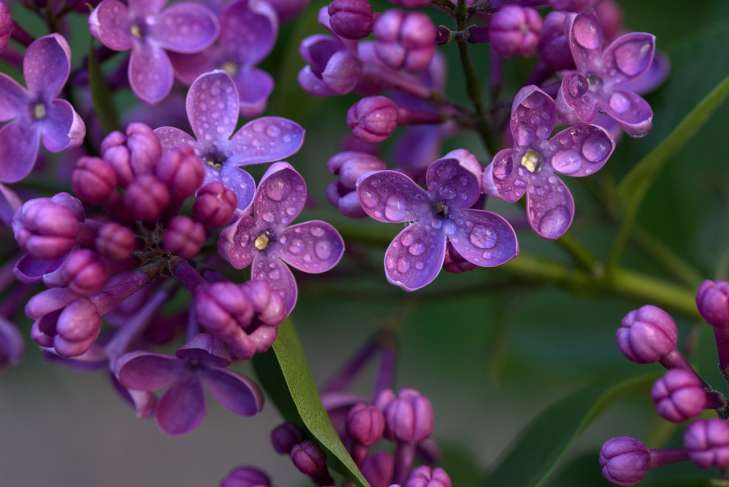Gardening Secrets: How to Grow Lilacs
Lilac grows in any garden soil, but prefers black soil and moderately fertile soil.
What lilacs don't like
Lilac seedlings are unpretentious to soil.
It can be grown both in fertile soil and in loamy or sandy soils.
Nevertheless, they do not tolerate high acidity of the soil; they prefer a neutral level, pH about 7.0.
The bushes do not like wet roots and will not bloom if given too much water.

Lilac care
Regular fertilization with organic and mineral components is required.
Optimal feeding is fallen leaves and sawdust.
During the first year, the young bush is watered regularly, and then only during drought.
How to water lilacs
Under one bush you should pour 2-3 buckets of water.
During the season, loosen the surface of the tree trunk circle to a depth of 4–7 cm 3–4 times.
It is important to remove weeds in a timely manner.
In August-September, the crop should be watered only in case of prolonged drought.
What not to plant next to lilacs
Barberry, honeysuckle, willow and silver eagles will be excellent neighbors.
The lower tiers can be planted with survivors.
You cannot combine lilacs with fruit trees and ornamental herbaceous plants that need to be dug up for the winter.
